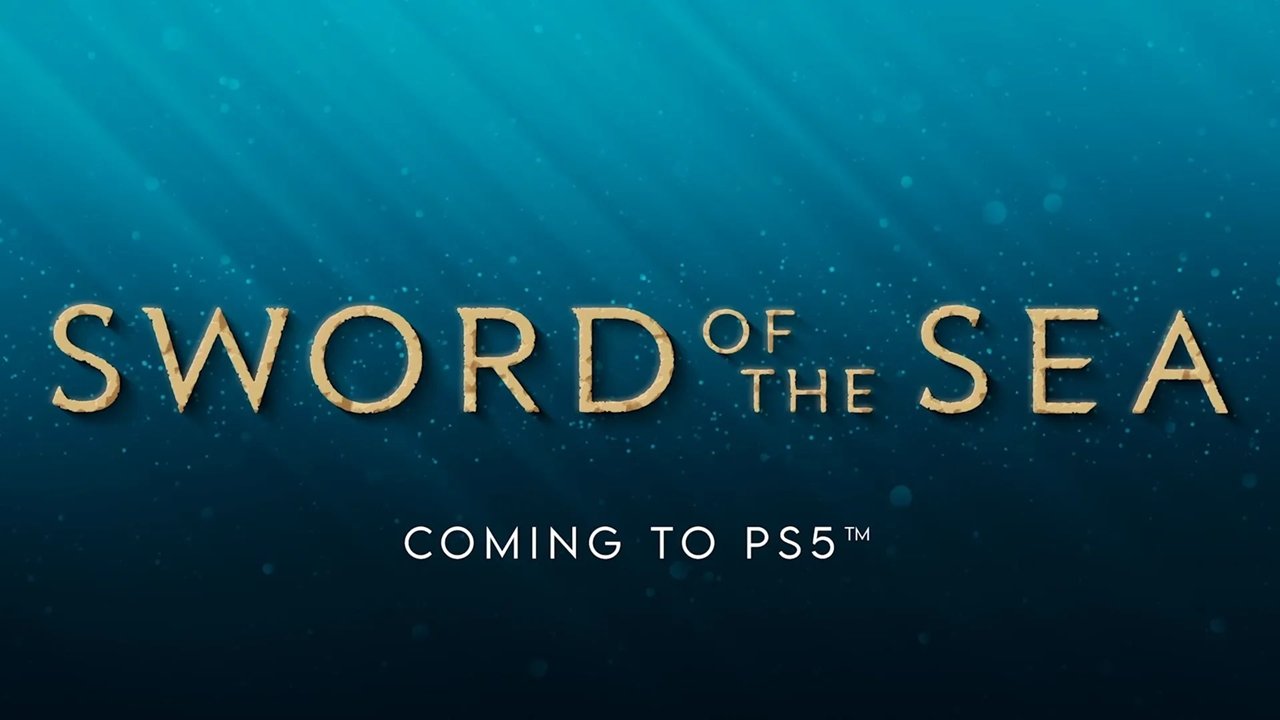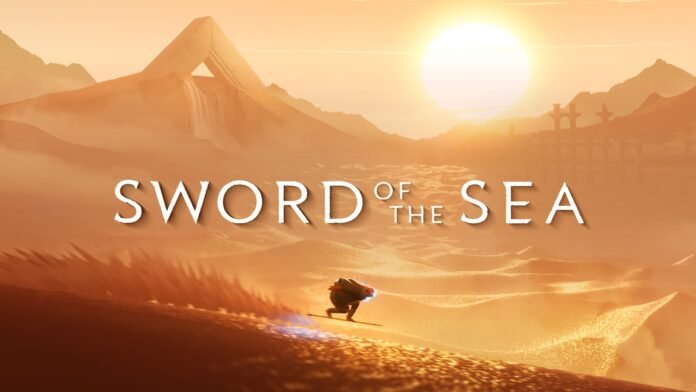
More than ten years after Journey redefined video games as moving art, Matt Nava—its visionary art director—returns with Sword of the Sea. This isn’t a retread but a deliberate, whispered response to emotions left unspoken: a melody written in sand, surf, and light, where players don’t just play, they drift.
In today’s gaming landscape—crowded with action‑packed shooters, dazzling graphics, and breakneck pacing—Sword of the Sea arrives like a dewdrop at high noon. Quiet, gentle, even fragile. Yet within that fragility lies rare strength: the raw power of pure feeling.
From the first frame, Nava’s unmistakable touch is clear: a wordless world of broken stone pillars, ruined temples, and arched desert vaults lit by an unforgiving sun. And everywhere, an endless sea of sand where the horizon is only an idea.
You inhabit an anonymous figure draped in flowing robes. You neither run nor jump nor strike. You… glide. Not the skateboard sort of glide, but something suspended between presence and dissolution. In your grasp is a sword—a tool and a symbol—that cleaves through dunes as though sand were water, water were wind, and wind the very breath of the game.
When you begin Sword of the Sea, guidance is minimal. The camera pulls back to remind you that you’re a small spark in a vast, silent wilderness. There’s no minimap, no arrows pointing the way, no cluttered HUD. The game trusts that you will learn through intuition—much like someone immersing themselves in nature without instruction.
“This is a game about surfing, but more importantly it’s about learning to let go. The wave carries you. You can’t force yourself ahead. You must wait, blend with it. And then you fly.”
— Matt Nava
This isn’t just a design principle—it’s an aesthetic manifesto. Nava crafts Sword of the Sea not with plot, but through motion, light, and stillness. Each desert gust, each descent down a dune’s face, carries an unnamed feeling: regret, hope, a half‑remembered memory you once lived but can’t recall.
The soundtrack—composed by Austin Wintory—is not mere background music. It’s atmosphere. It breathes with you, falls silent with you, soars as you ascend. If Journey was a classical symphony, Sword of the Sea is a drifting prelude of meditation, oceanic hums, and languid film score. There are no clear melodies—only flow.
And within that flow are magical moments: you glide past the ruins of a lost city; shifting sands become swirling seas; a luminous whale gracefully swims across the sky like a silent dream. Nothing is explained. Nothing is forced upon you. Each player’s voyage through Sword of the Sea will be uniquely their own, carrying private stories no two will share.

No one but Matt Nava could have made Sword of the Sea. Yet this is also Nava embracing himself fully. Over the past decade, he strove to step out of Journey’s shadow with Abzû—a trance beneath the waves—and The Pathless—a forest chase of freedom. Both were beautiful, emotional, but tinged with inexpressible sorrow, as if the artist was avoiding something.
With Sword of the Sea, Nava stops running. He returns to the desert, this time armed with the perspective of one who’s traveled far, tasted new artistic languages, and realized that what he sought all along… was silence and the ebb and flow of the dunes.
Not everyone will connect with Sword of the Sea. To some, it may feel “like there’s nothing to do”: no clear challenges, no defined rewards, no triumphs. But for those who have ever sat still watching the sun sink over cliffs, who’ve drifted across hilltops in Journey, who’ve shed a tear for a single silent frame—Sword of the Sea is exactly where you need to be.
Release Date: August 19 on PS5, Steam, and Epic Games Store.
If you’ve ever needed a reason to pause, breathe, and simply be, this is it.

